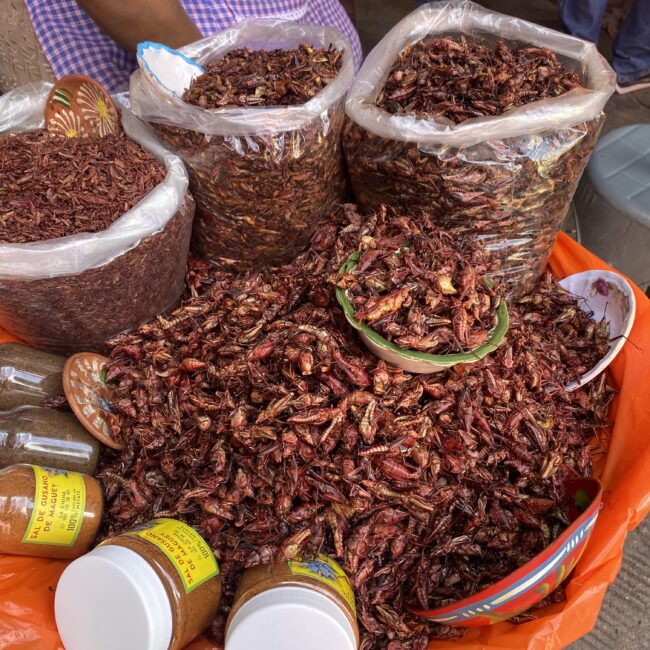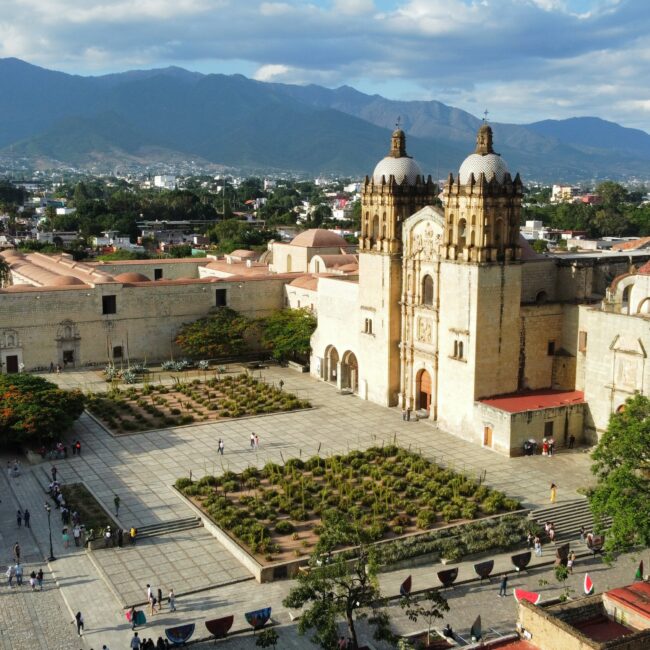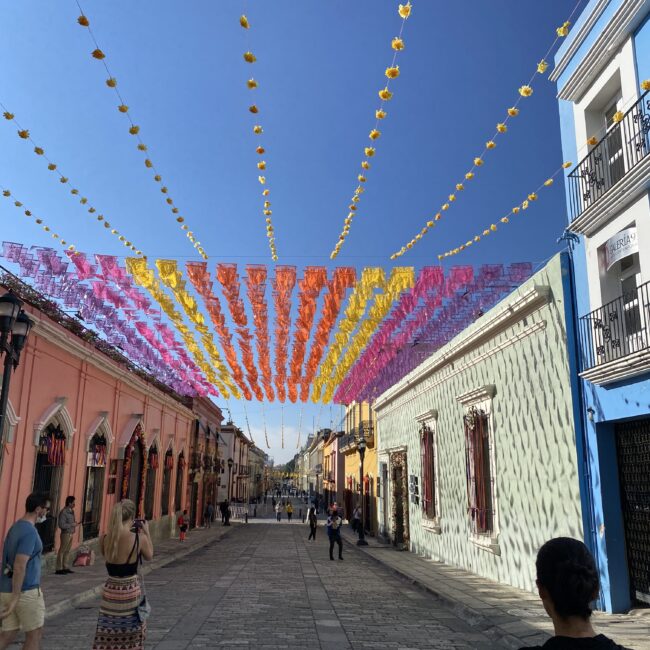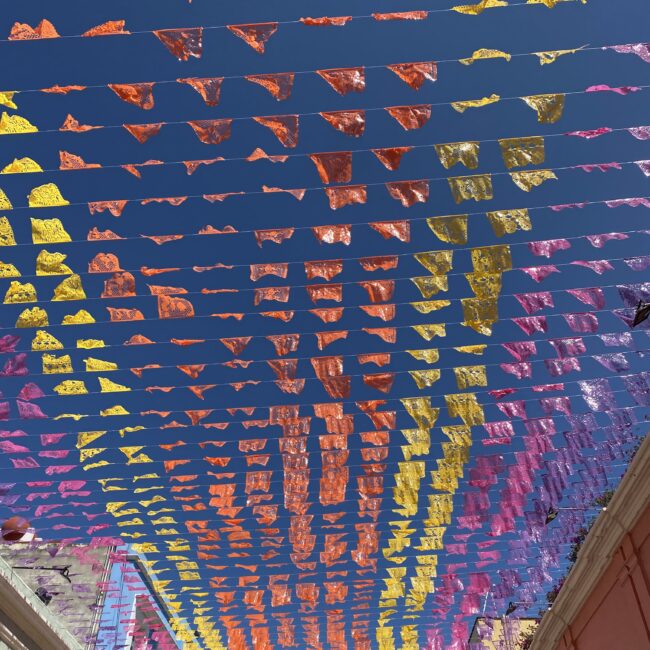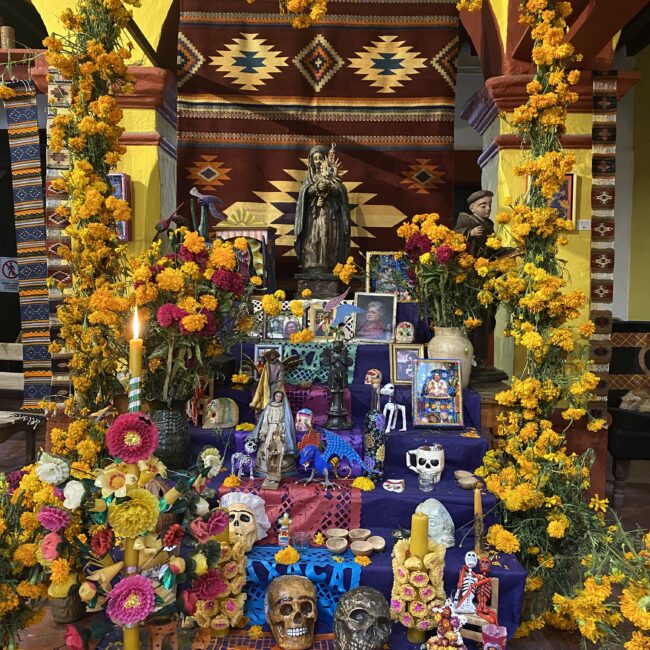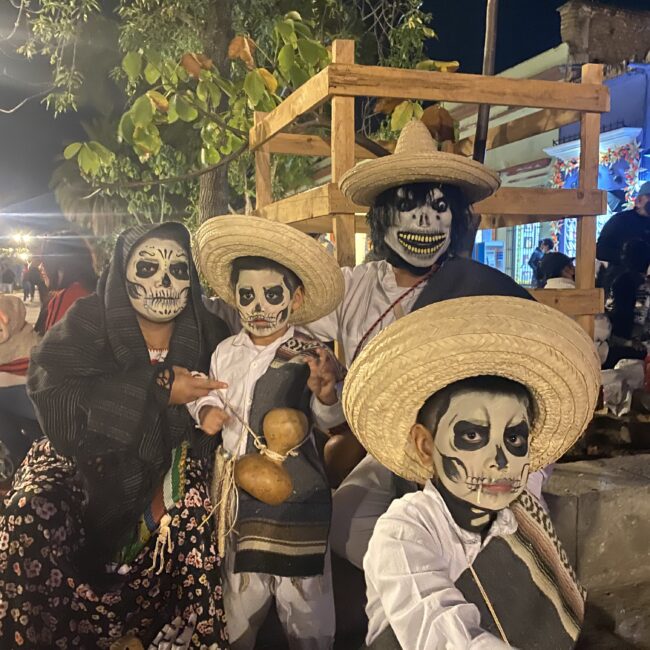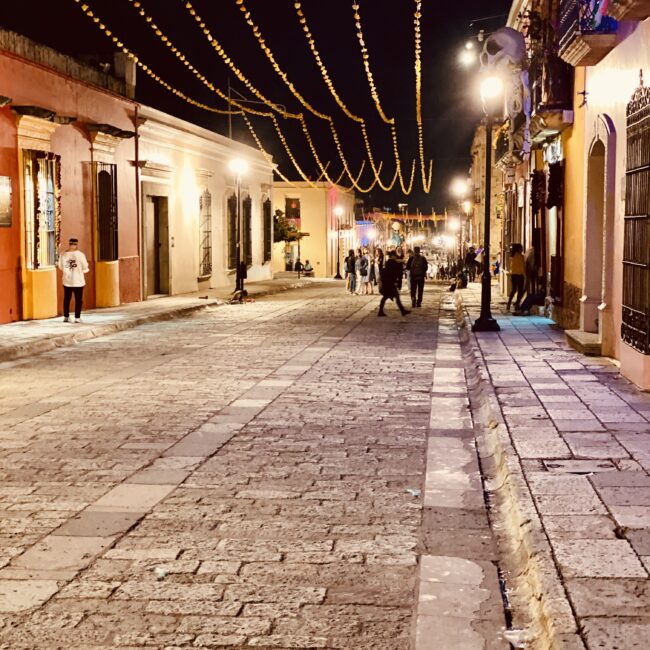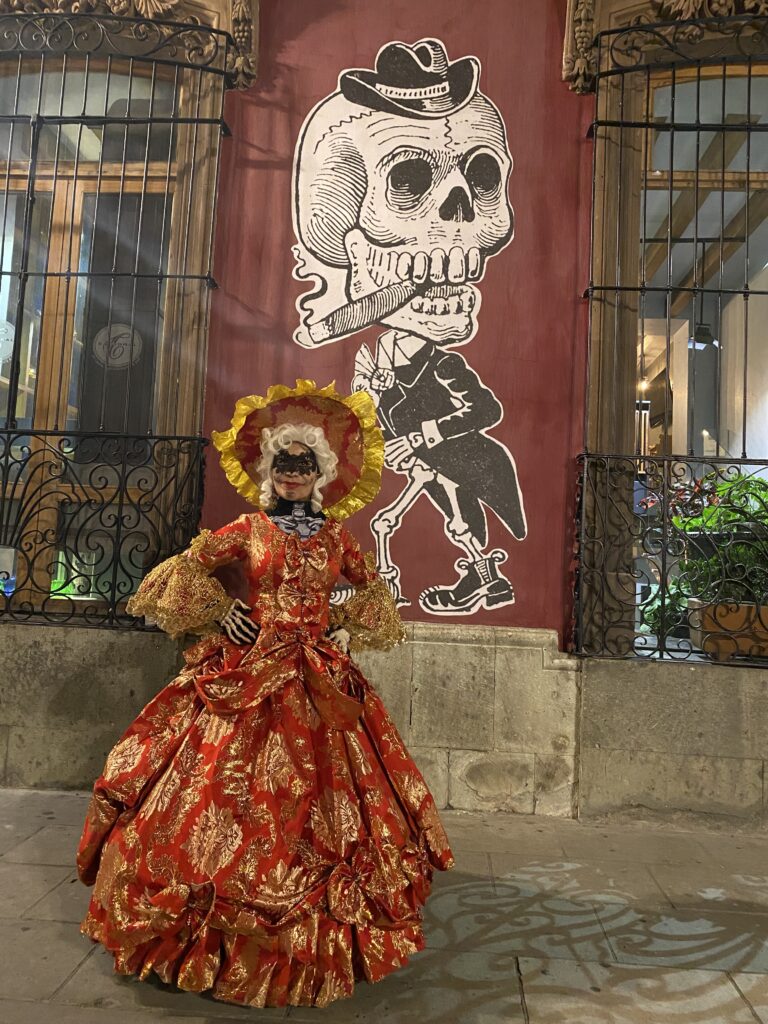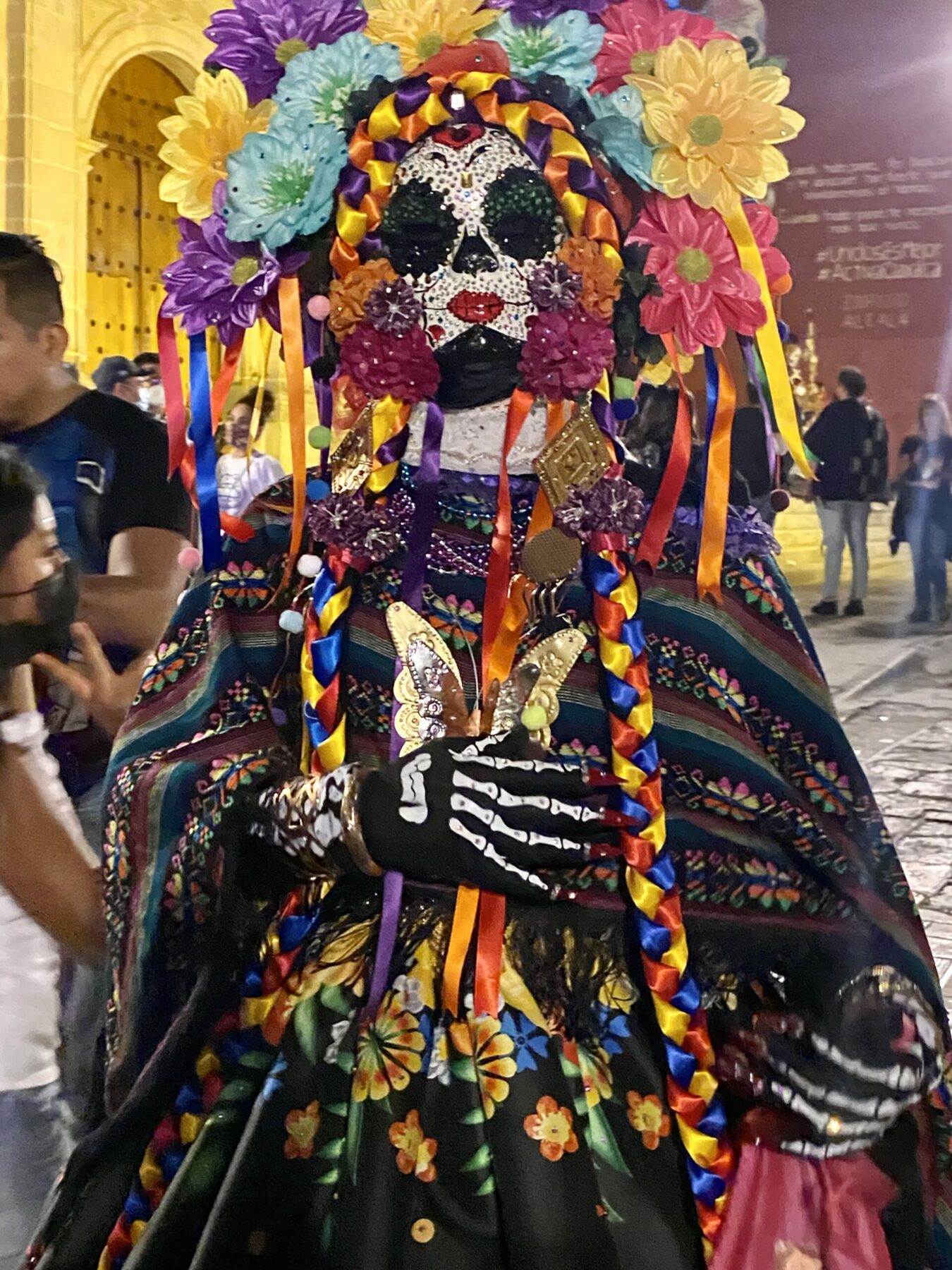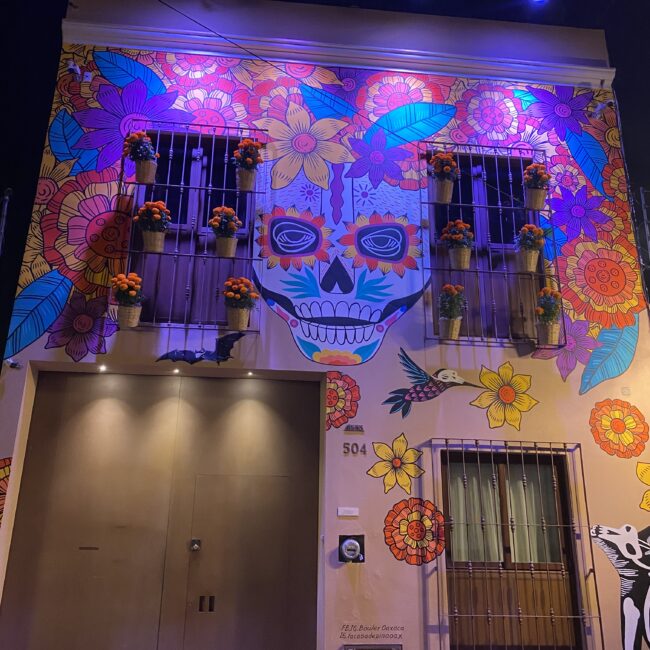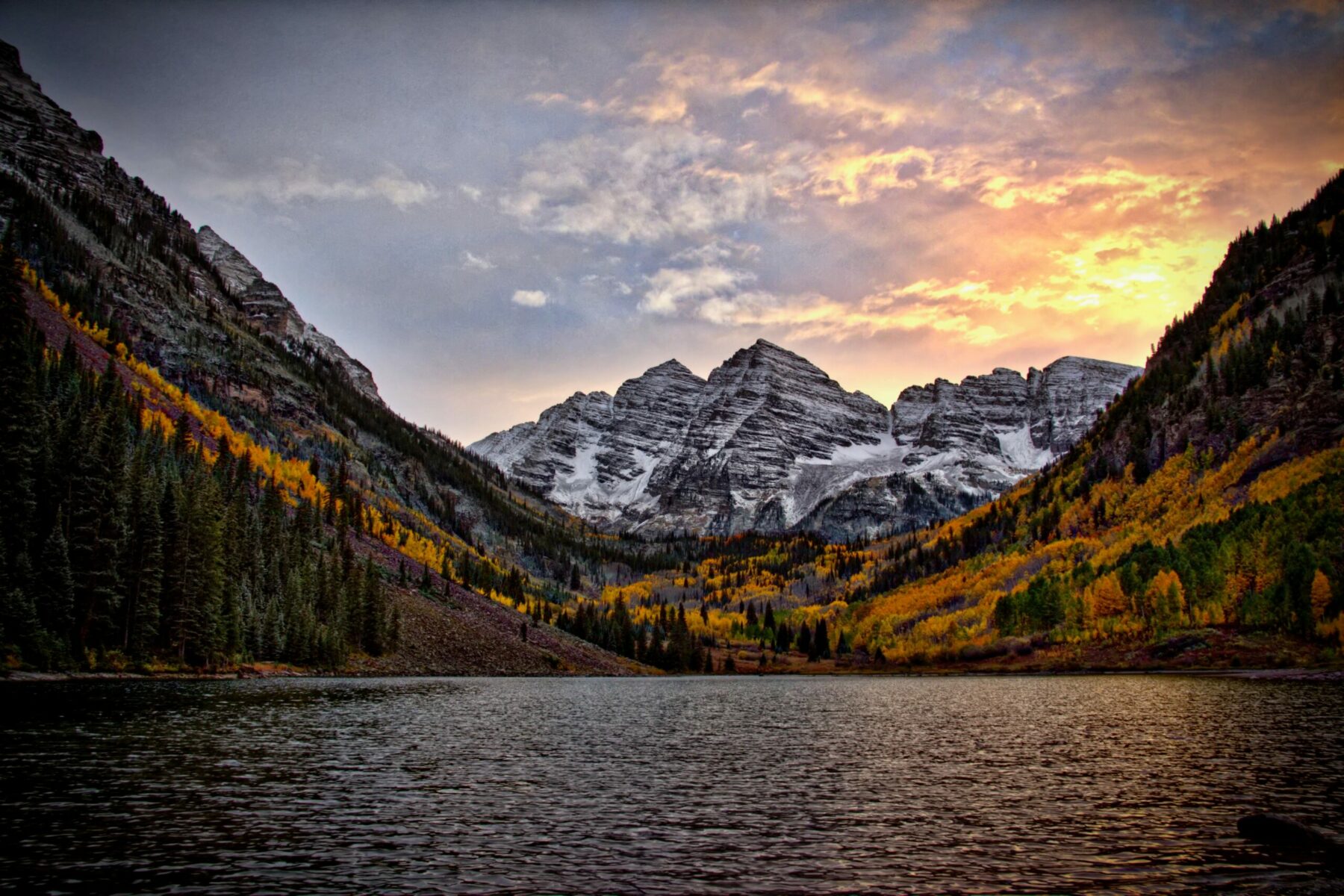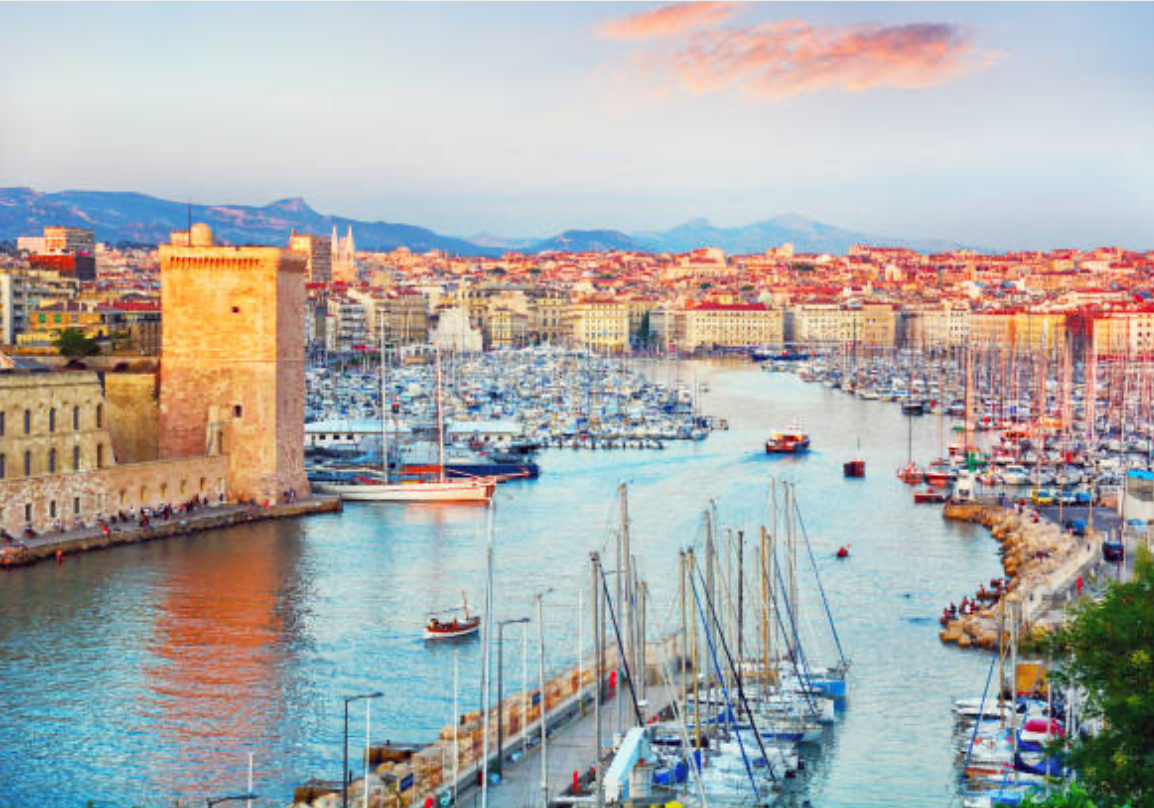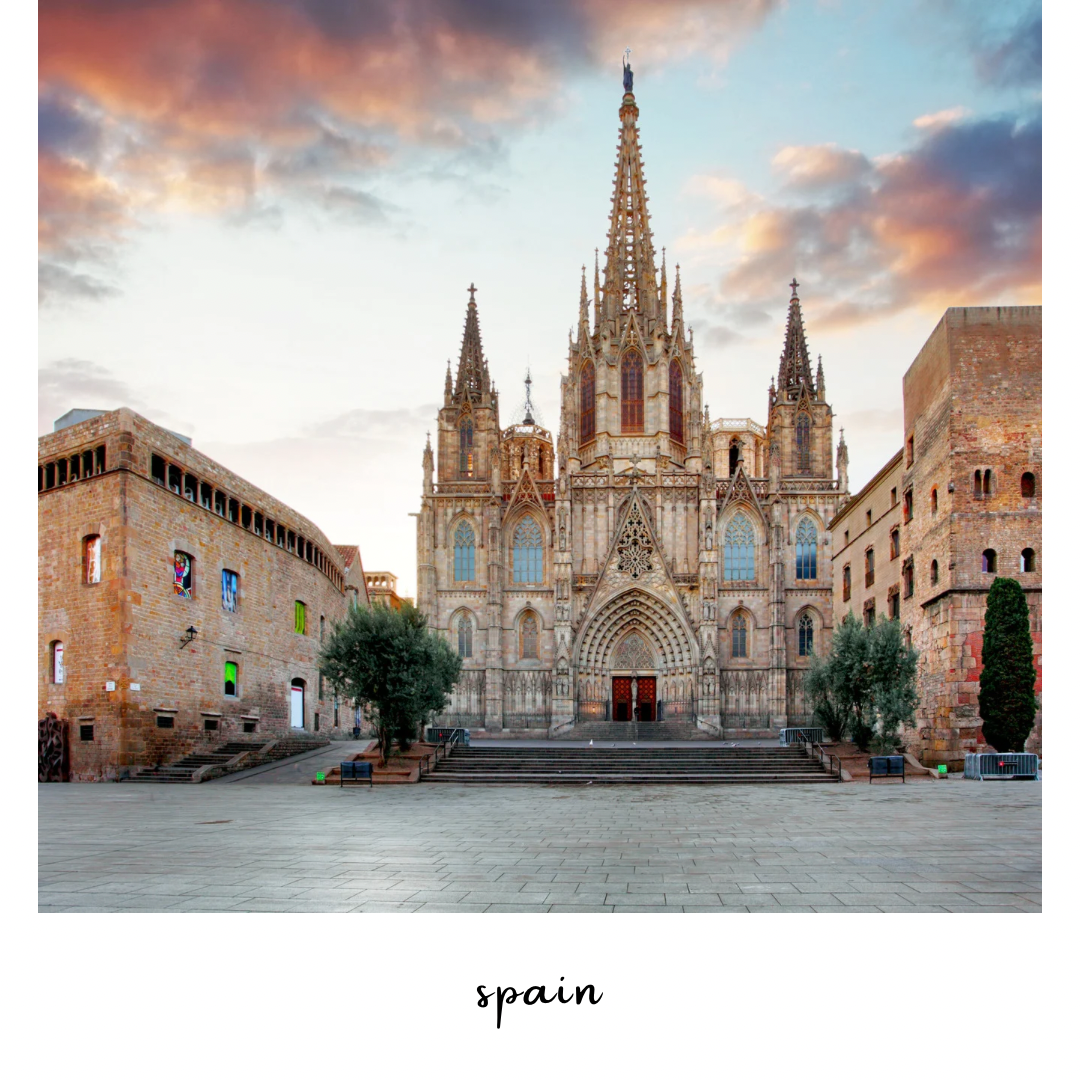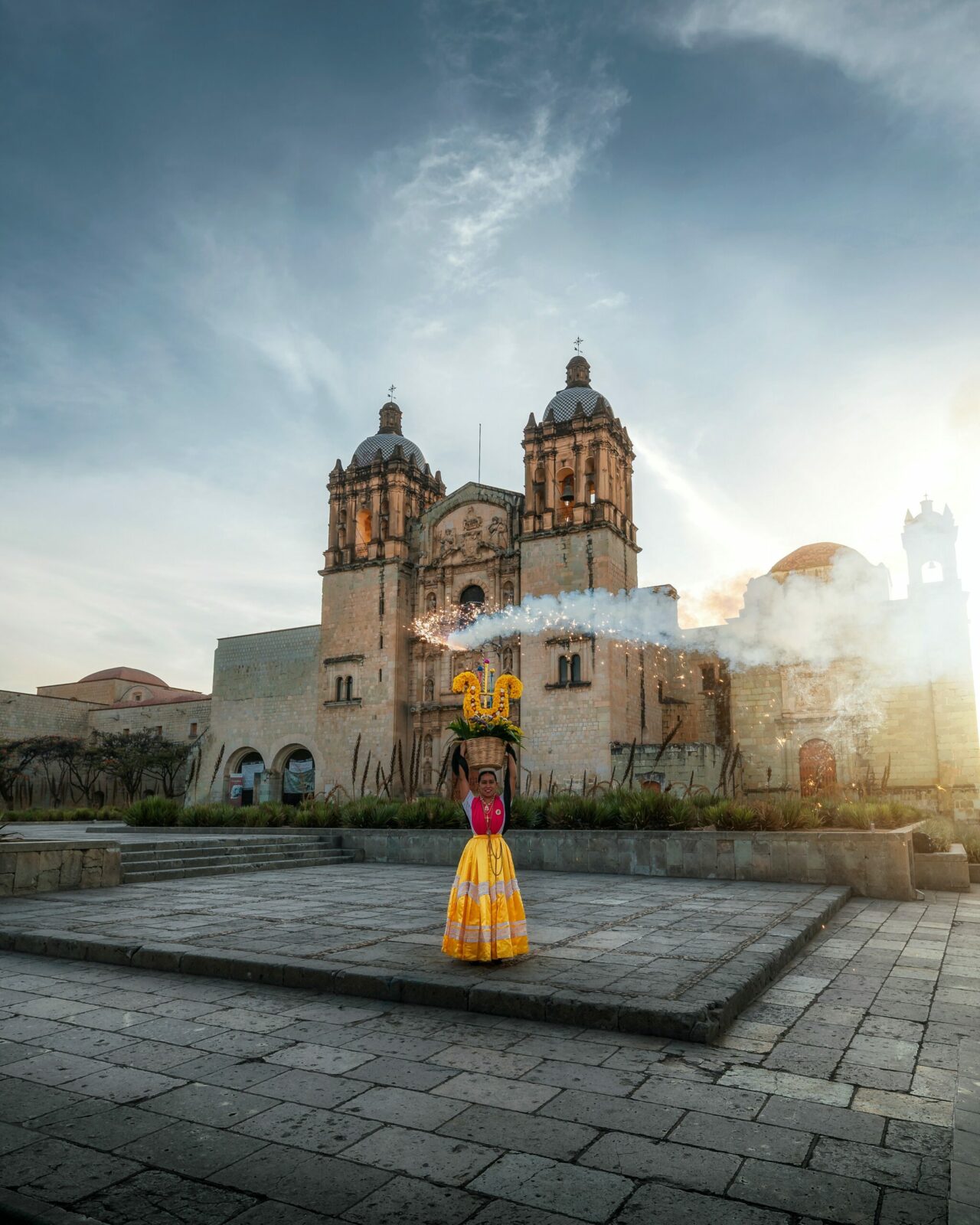
Oaxaca: Exploring the Riches of Mexico’s Cultural Heart
What you can expect:
Vacationing in Oaxaca, Mexico, is a rich and diverse experience that combines historical charm, vibrant culture, breathtaking landscapes. amazing architecture and I have to say the best cuisine Mexico has to offer. Here’s a glimpse of what it’s like to spend time in this captivating region:
Things to see and do:
Cultural Richness: Oaxaca is renowned for its rich indigenous culture and traditions. The city of Oaxaca is a UNESCO World Heritage Site, known for its colonial architecture, cobblestone streets, and vibrant markets. You’ll find colorful handicrafts, textiles, pottery, and artwork that reflect the region’s heritage.
What and where to eat:
Oaxaca is a paradise for food enthusiasts. The local cuisine is world-famous, offering a blend of flavors influenced by indigenous, Spanish, and African cultures. Don’t miss the opportunity to try mole. Oaxaca is famous for their mole negra (black mole) . I have to say that the mole in Oaxaca is absolutely amazing. You need to order this at least once while you’re here. You also need to try tlayudas. You will only find them in Oaxaca. Tlayudas are large tortillas topped with your choice of various toppings. For example beans, Oaxaca cheese (of course), meat and other toppings. It’s then placed on the grill and served either open or folded like a quesadilla. . Another culinary exclusivity to Oaxaca is chapulins. Chapulins are grasshoppers that are cooked with spices or garlic. I was really against trying this. However, I decided, hey “when in Rome,” so why not see what all the hype was about. I have to say that they are actually good. I ended up buying a bag of the spicy chapulin and a jar of the chapulin salt. Mexico’s version of seasoning salt. The local markets are a sensory overload, offering a chance to sample a wide range of authentic dishes. The options here are amazing.
There are multiple rooftop restaurants and bars. It is a must that you pick one and experience this. The views are incredible. If you can, go at sunset! With the views of the church and the city center, it was pure happiness and serenity for me and it will be for you too!
Rooftop bars/restaurants
Casa Oaxaca Rooftop Bar
Located in the heart of Oaxaca’s historic center, Casa Oaxaca offers a rooftop bar with a cozy and elegant ambiance. This bar provides an excellent view of the surrounding cityscape, including views of some of Oaxaca’s historical landmarks. The bar is known for its creative cocktails. The setting is perfect for a relaxing evening while enjoying the cool Oaxacan breeze.
Catedral Rooftop Bar:
Situated near the Santo Domingo Church and the Zócalo (main square), Catedral Rooftop Bar provides a stunning view of the historic city center. This bar offers a mix of local and international drinks, making it a great place to enjoy a sunset cocktail or an evening drink with friends. The view of the illuminated cathedral at night adds to the charm of this rooftop spot.
- see my post on the top rated roof top bars in Oaxaca
Shopping
Lively Markets: The markets in Oaxaca are a hub of activity and a feast for the senses. The Mercado de Benito Juárez and Mercado 20 de Noviembre are two of the most popular markets, where you can find fresh produce, spices, local crafts, and street food. Exploring these markets offers a glimpse into daily life and the local culinary scene.
Traditional Festivals
Oaxaca is known for its vibrant festivals and celebrations. The Guelaguetza Festival, held in July, is a highlight, featuring traditional dance, music, and colorful costumes. This event showcases the state’s indigenous cultures and fosters a sense of community.
November 2nd Mexico celebrates dia de los Muertos, or the Day of the Dead. It’s a deeply rooted and colorful tradition celebrated throughout Mexico, with Oaxaca being one of the most iconic and vibrant places to experience this unique holiday. The celebrations in Oaxaca are known for their rich cultural significance, elaborate altars, and lively festivities.
Please note: This is a very popular holiday in Mexico, especially in Oaxaca. People come from all over the world to experience this magical event. Therefore, hotels can be booked out two years in advance.
Here’s what Dia de los Muertos is like in Oaxaca
Elaborate Altars (Ofrendas):
In Oaxaca, families and communities create ofrendas, which are intricate and beautifully decorated altars dedicated to deceased loved ones. These altars are often adorned with marigold flowers, candles, photographs, favorite foods and drinks of the deceased, and other symbolic items. Each element of the ofrenda has a specific meaning and serves to honor and welcome the spirits back to the world of the living.
Graveyard Visits:
One of the most iconic aspects of Dia de los Muertos in Oaxaca is the visit to cemeteries. Families gather at the gravesites of their departed relatives to clean and decorate the tombstones with flowers, candles, and mementos. It’s a heartfelt way to remember and celebrate the lives of those who have passed away.
Please note, that because of the massive tourism and fascination of this tradition, the graveyards are now closed to the public during this time to safeguard from any destruction of such a sacred place for the families and the community.
Marigolds and Copal Incense:
Marigold flowers, known as “cempasúchil” in Spanish, hold special significance during Dia de los Muertos. Their vibrant color and strong scent are believed to guide the spirits of the deceased back to the world of the living. Copal incense, with its fragrant smoke, is also used to purify and guide the spirits.
Calaveras and Catrinas:
The iconic calaveras (skulls) and catrinas (elegant skeletal figures) are a prominent symbol of Dia de los Muertos. They are often depicted in various forms of art, including sculptures, masks, and even in face painting. These figures serve as a reminder of the cycle of life and death, and they’re often whimsical and colorful rather than morbid.
Parades and Processions:
In Oaxaca, you may have the opportunity to witness parades and processions through the streets. Participants dressed in elaborate costumes and makeup pay tribute to the spirits, celebrating life and death with music, dance, and joyous energy.
Traditional Foods:
Special foods are prepared for Dia de los Muertos, including pan de muerto (a sweet bread shaped like bones), sugar skulls, and favorite dishes of the departed. Families gather to share meals and remember the flavors their loved ones enjoyed.
Art and Craft Markets
: Oaxaca is known for its vibrant arts and crafts scene, and during Dia de los Muertos, markets come alive with intricate paper mache figures, decorative items, and other offerings for ofrendas. These markets are a great place to immerse yourself in the cultural richness of the holiday.
Experiencing Dia de los Muertos in Oaxaca is a sensory and emotional journey that allows you to witness the profound connection between the living and the deceased. The festivities create a unique blend of celebration, remembrance, and reverence for the cycle of life and death.
“Día de los Muertos: A celebration of life through the remembrance of those who have passed.”
Experiences beyond the city center
Natural Beauty: Beyond the city, Oaxaca offers stunning natural landscapes. The region is characterized by its diverse terrain, including mountains, valleys, beaches, and lush forests. Hierve el Agua, a set of petrified waterfalls, and Monte Albán, an ancient Zapotec archaeological site, are just a couple of the many natural and historical attractions waiting to be explored.
Hierve el Agua
is a must to go see. It is a 90 minute drive on top of the mountain and definitely worth the experience. Take this offered tour. They will pick you up at your hotel so there is no need to rent a car.
Book your tour of these magnificent sites in Oaxaca. I also recommend doing a tour of the Mezcal distillery. Mezcal, a distinctive and traditional Mexican spirit, has a rich history deeply intertwined with the state of Oaxaca. Here’s a brief overview of the history of mezcal in Oaxaca:
Mezcal
Ancient Origins: The roots of mezcal production in Oaxaca can be traced back to ancient times when indigenous cultures discovered the art of fermenting and distilling agave plants. These cultures, including the Zapotecs and Mixtecs, were already using agave for various purposes, including food, fiber, and construction. What makes Mezcal different from Tequila is: The agave is placed in pits lined with hot rocks and covered with agave fiber and soil. This roasting process gives mezcal its characteristic smoky flavor.
Art and Hospitality
Oaxaca is a hub of artistic creativity. Local artisans produce intricate textiles, ceramics, woodwork, and more. The city is dotted with galleries and workshops where you can witness traditional craftsmanship and contemporary artistry.
Warm Hospitality: The people of Oaxaca are known for their warmth and hospitality. Engaging with locals provides insights into their way of life and offers an authentic connection to the region.
Where to stay
There are a number of Luxury hotels to choose from. I also recommend staying at a boutique hotel. I have noticed that there are boutique hotels that only accept cash. So check on this before you book. There are also Airbnb and Vrbo to choose from as well.
Visiting the city of Oaxaca can easily be a budget friendly trip. No need to rent a car. Everything is within walking distance. You can get an Uber if needed. If you take a tour, they pick you up at your hotel. The food in Oaxaca is inexpensive. You can easily eat like a king and it will be easy on your wallet.
In summary, a vacation in Oaxaca promises a blend of culture, cuisine, natural beauty, and history. Whether you’re exploring colonial architecture, savoring traditional dishes, or immersing yourself in indigenous traditions, Oaxaca offers a multi-faceted and unforgettable experience. Honestly, Oaxaca is my favorite city in Mexico!
Happy travels!
~The beauty and energy of Oaxaca~
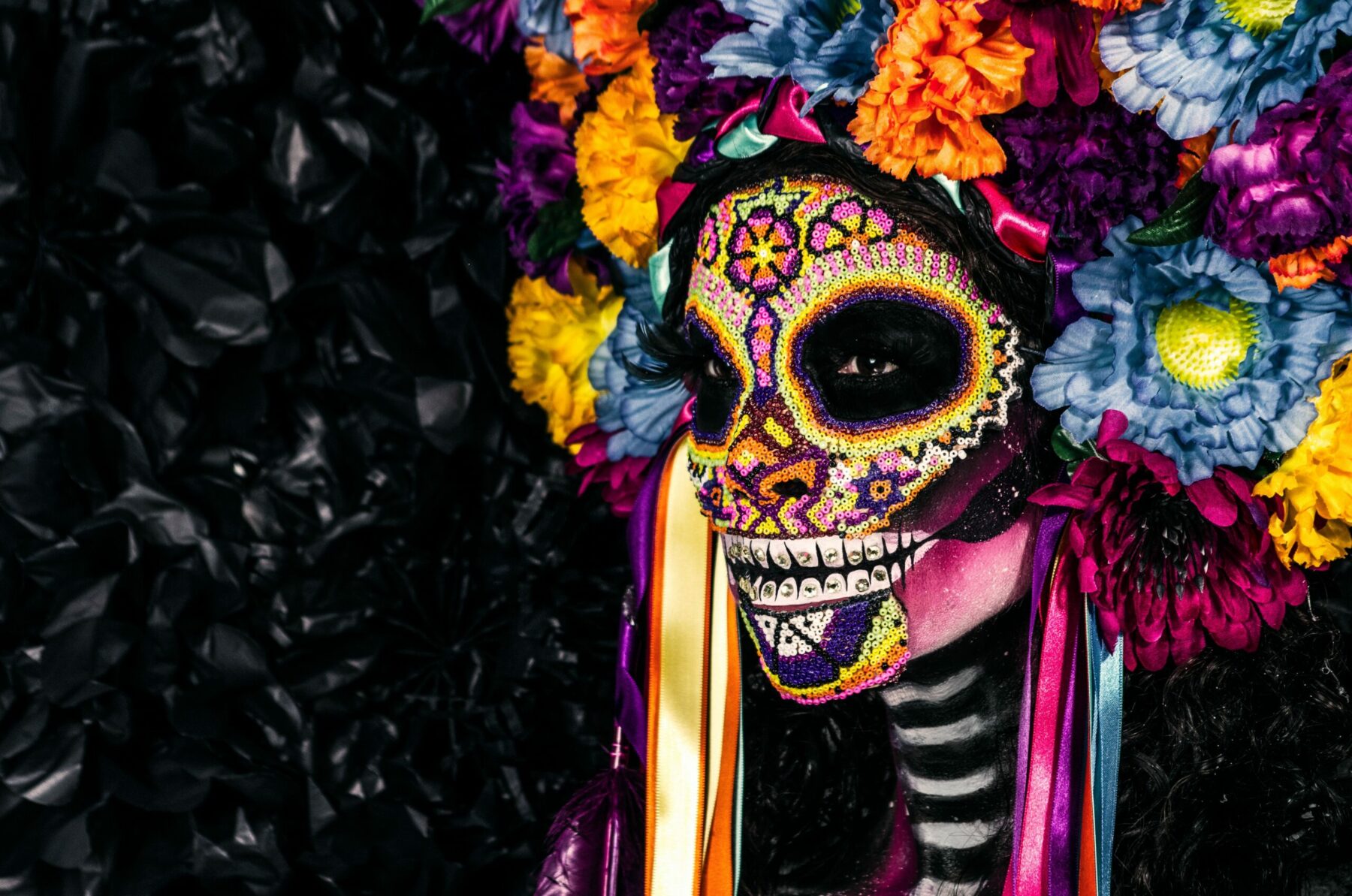
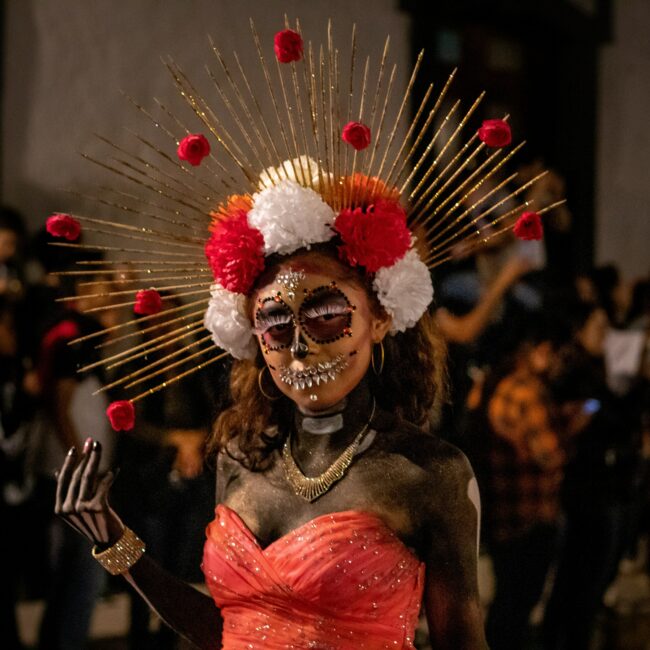
Dia de los Muertos

